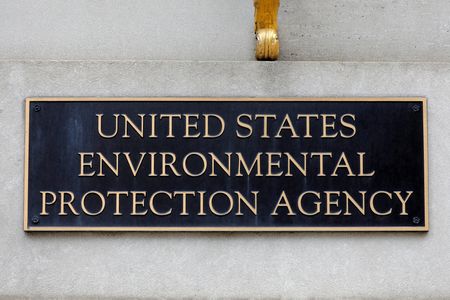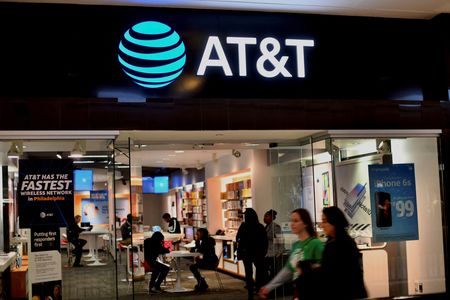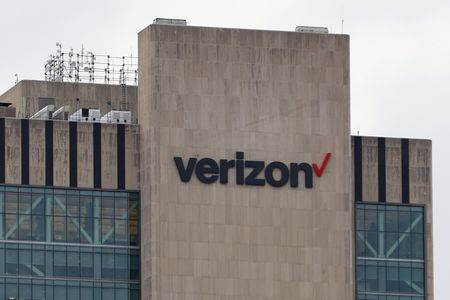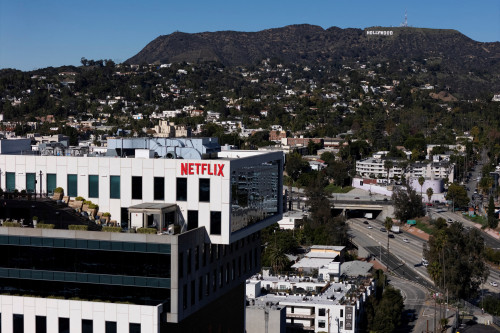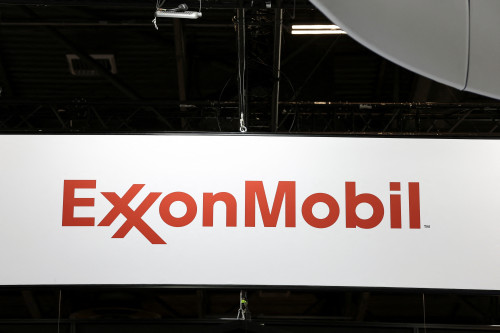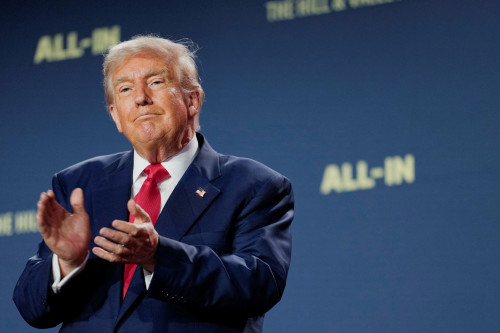By David Shepardson
WASHINGTON (Reuters) -The U.S. Environmental Protection Agency said on Thursday it sent letters to AT&T and Verizon requiring both companies to quickly provide the agency with information in its ongoing review of risks posed by lead-clad telecom cables.
The EPA said it is closely reviewing issues raised in the Wall Street Journal’s recent investigation of lead-clad telecom cables.
The EPA’s Office of Enforcement and Compliance Assurance on Wednesday sent letters seeking results of inspections the telecom companies have undertaken, as well as sampling results and data. Over the coming weeks, it said it will conduct independent sampling starting in Coal Center, Pennsylvania and West Orange, New Jersey.
The Journal reported on Wednesday that the U.S. attorney’s office for the Southern District of New York has opened a civil inquiry, currently in its preliminary stage, related to lead cables. A spokesman for the office declined comment.
AT&T says it has no reason to believe the cables pose public health risks and added it is “collaborating with the EPA and will provide any information requested, including our recent testing in Lake Tahoe and Michigan. We hope the WSJ will do the same and share their full data and methodologies with the EPA.”
AT&T has criticized the Journal’s reporting. “We stand by our findings and will continue to pursue this story,” the newspaper said Thursday.
Verizon, which said this week it was doing its own tests on sites identified by the Journal, said it “has been proactively working with the EPA, including discussions regarding the specific sites identified in their letter.”
Verizon said it is encouraged that the EPA is “seeking additional information regarding Verizon’s testing protocols and testing results at those sites.”
Last week, New York Governor Kathy Hochul directed state departments to investigate health risks associated with lead-clad cables.
Analysts say the issue of lead cables could turn into a drawn-out issue, with potential liability ranging from near-zero to tens-of-billions of dollars.
(Reporting by David Shepardson; Editing by Emma Rumney)

